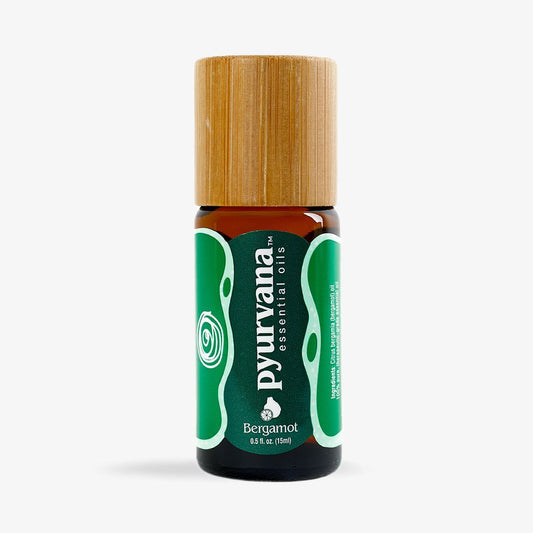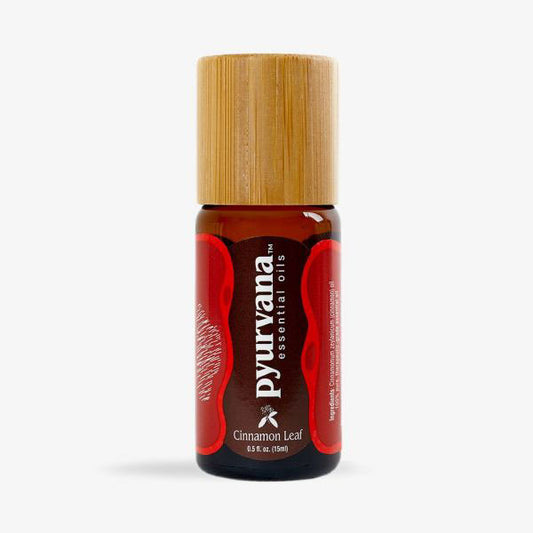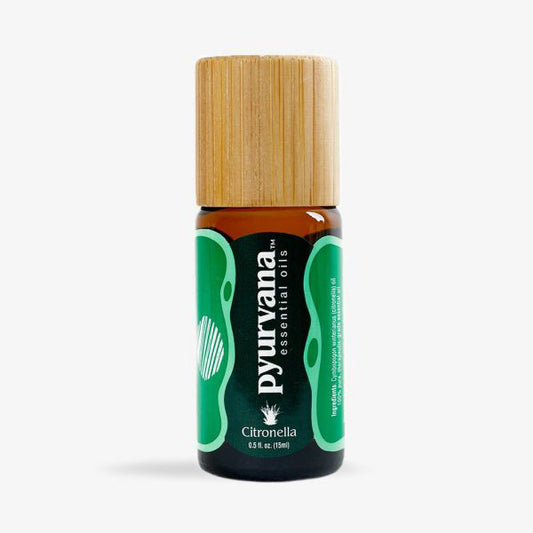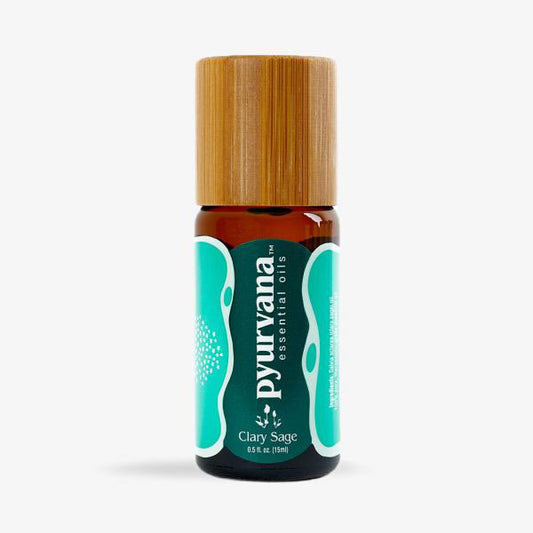Every year, pollen season brings itchy eyes, runny noses, and endless sneezing. If you’ve ever wished for a natural way to breathe easier, essential oils can offer gentle support. While they can’t cure allergies, research and aromatherapy practice suggest they may help calm inflammation, ease congestion, and promote relaxation, all key when your body is reacting to seasonal triggers.
Why Try Essential Oils for Allergies?
Essential oils are concentrated plant extracts that carry the natural compounds responsible for a plant’s aroma and benefits. When inhaled or diffused, they can influence mood, energy, and even respiratory comfort.
For allergy sufferers, some oils contain anti-inflammatory, antihistamine-like, and decongestant properties that make breathing a little easier. Using high-quality, lab-tested oils ensures the purity and potency needed for safe, effective results.
All Pyurvana oils are 100% natural and GC/MS tested for quality, so you know exactly what’s in every drop.
Top Essential Oils for Seasonal Relief
Lavender
Lavender oil is well-known for promoting relaxation, but it also soothes irritation in the airways and sinuses. Diffusing lavender or adding a diluted drop to your wrists may help you stay calm and breathe more comfortably.
Peppermint
The menthol in peppermint provides a cooling, decongesting effect that can help clear nasal passages. Add a few drops to a diffuser or mix with a carrier oil for topical chest application.
Eucalyptus
Eucalyptus supports easier breathing and helps clear mucus. A few drops in a warm bath or diffuser can refresh the air while easing sinus pressure.
Tea Tree
Known for its antimicrobial properties, tea tree oil helps purify the air and minimize irritants indoors. It can be added to a DIY cleaning spray or diffused lightly during pollen season.
Lemon
Lemon oil brightens mood while supporting immune balance. Diffusing it in the morning can make your space feel cleaner and more energizing.
How to Use Essential Oils Safely
Essential oils are powerful, and using them correctly matters:
- Diffuse: Add 4–6 drops to an ultrasonic diffuser and run it for 30–45 minutes.
- Topical: Always dilute with a carrier oil, such as Pyurvana’s fractionated coconut oil, before applying to skin.
- Steam inhalation: Mix 2–3 drops of eucalyptus or peppermint into hot water, cover your head with a towel, and inhale the steam slowly.
- Cleanse: Add a few drops of tea tree or lemon oil to your cleaning routine for natural air purification.
If you have asthma, allergies to specific plants, or are pregnant, consult a healthcare provider before using essential oils.
Make Your Home Allergy-Friendly
Creating a supportive environment is just as important as symptom relief. Keep windows closed on high-pollen days, wash linens frequently, and use a Pyurvana diffuser to circulate pure, aromatic mist. Consistent use of high-quality oils can help you enjoy cleaner air and a calmer state of mind all season long.
Quick FAQs
Can essential oils really reduce allergy symptoms?
They can help manage symptoms naturally by easing congestion, calming inflammation, and promoting relaxation, but they are not a medical cure.
Which oils work best for nasal congestion?
Peppermint and eucalyptus are the top choices for opening airways and clearing sinuses.
Are essential oils safe for kids or pets?
Use caution and diffuse in well-ventilated spaces. Avoid topical use on young children or animals unless approved by a professional.
What’s the best oil blend for allergies?
A “trio blend” of lavender, lemon, and peppermint is a popular natural combination that soothes sinuses and lifts mood.









